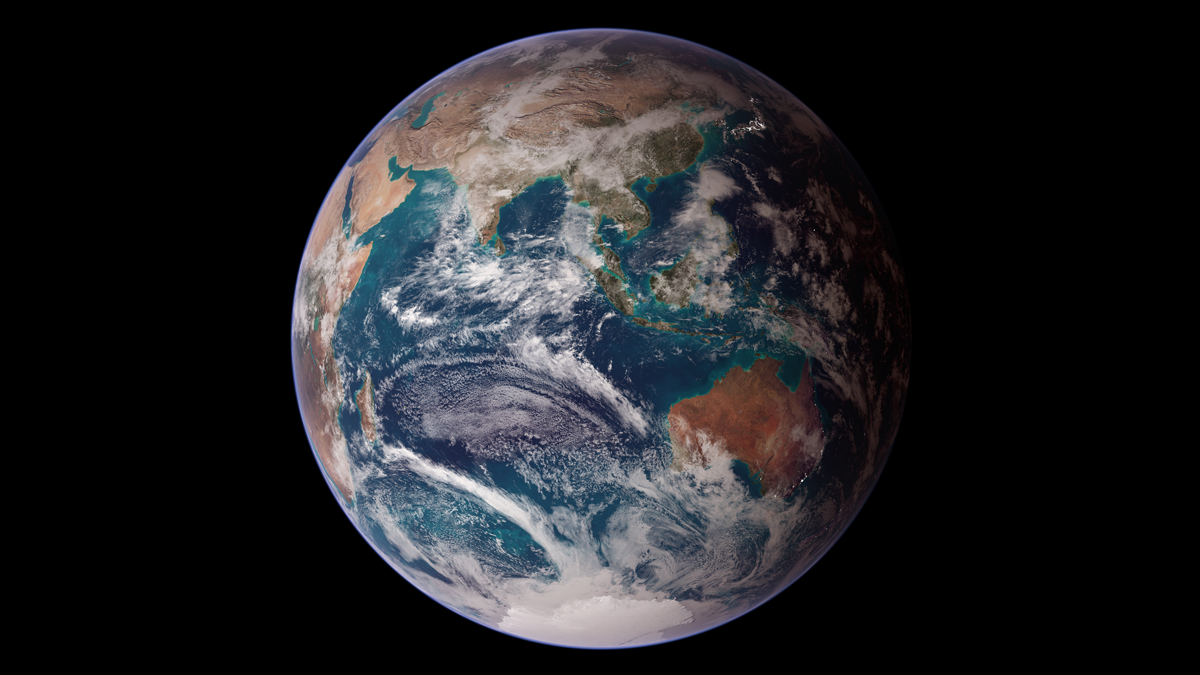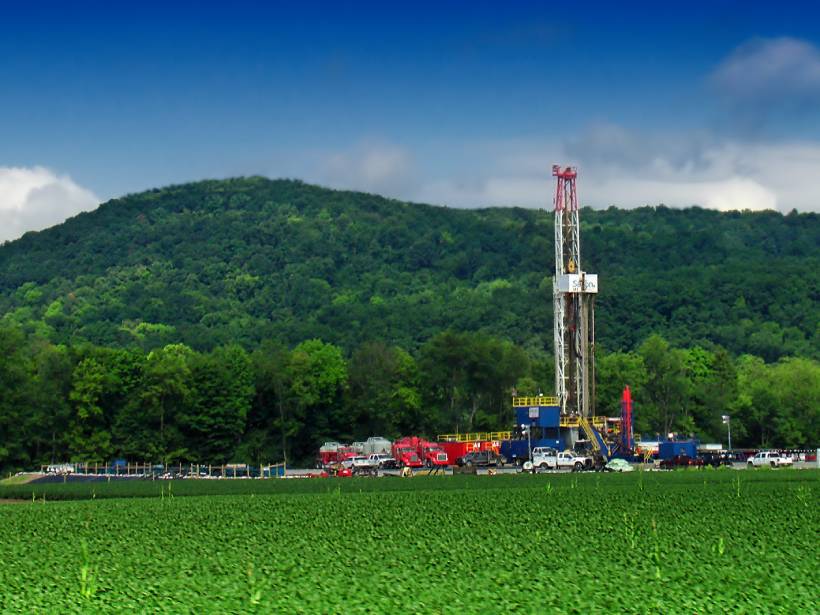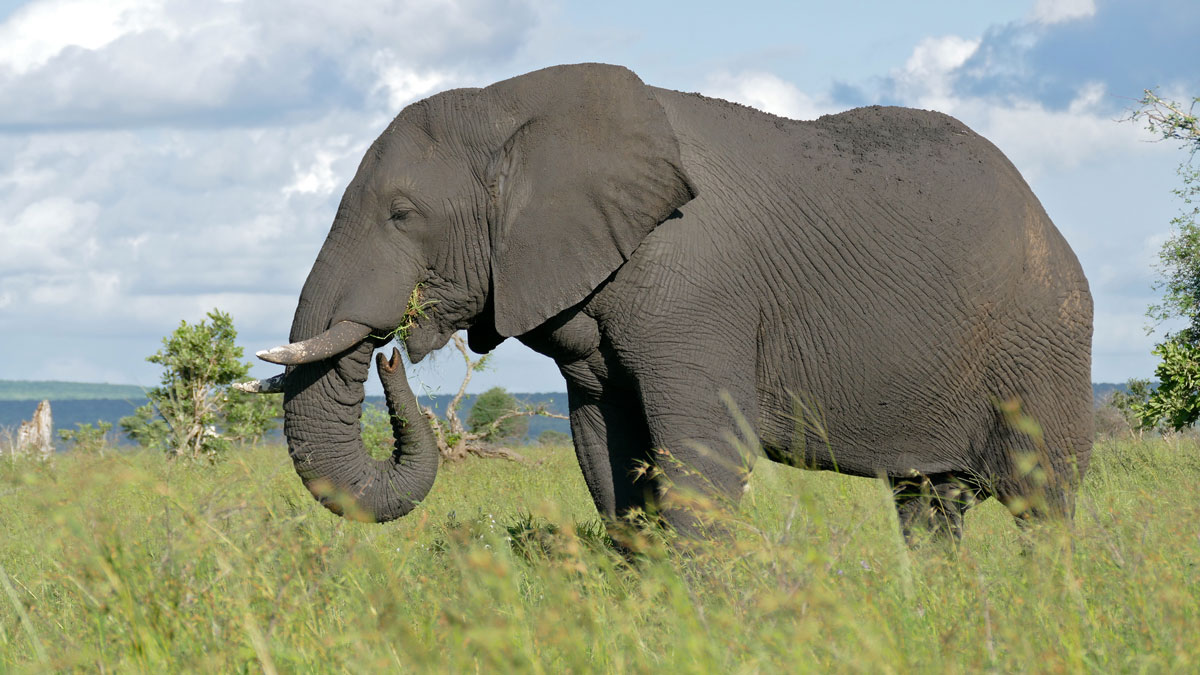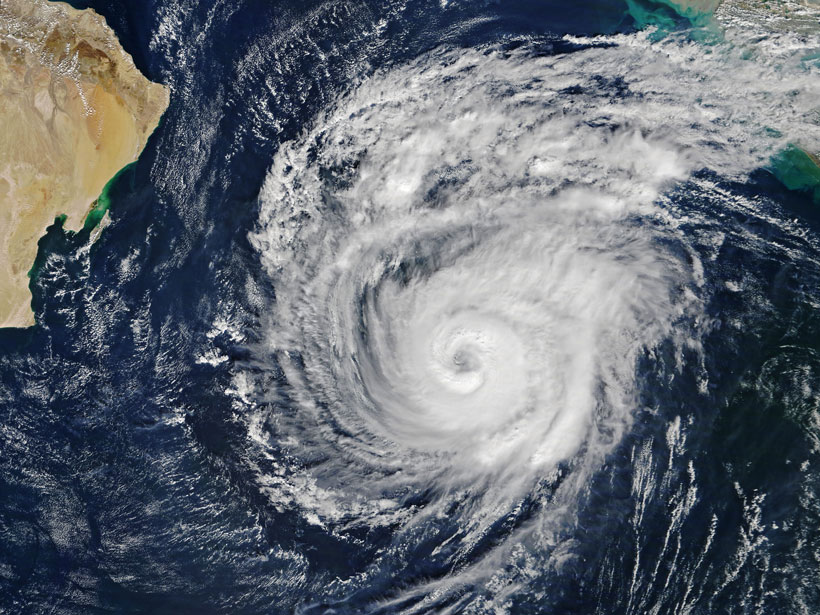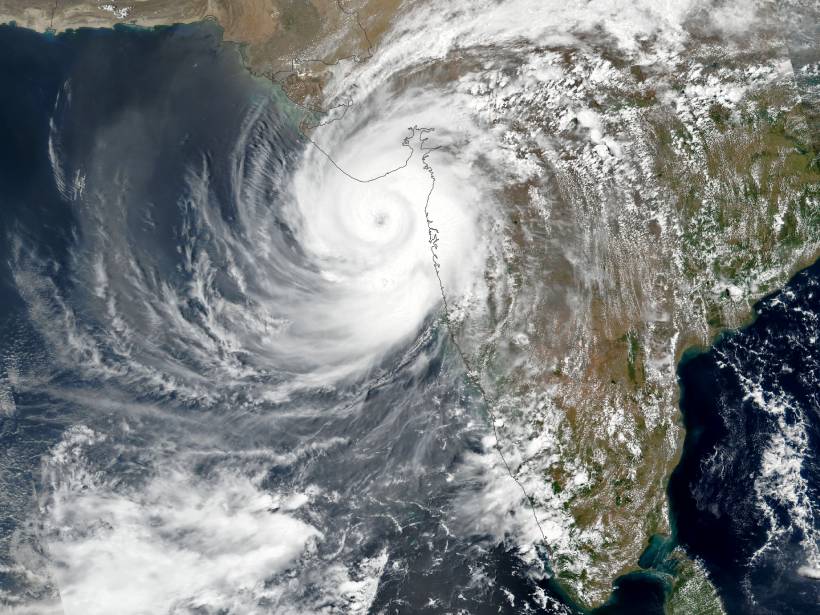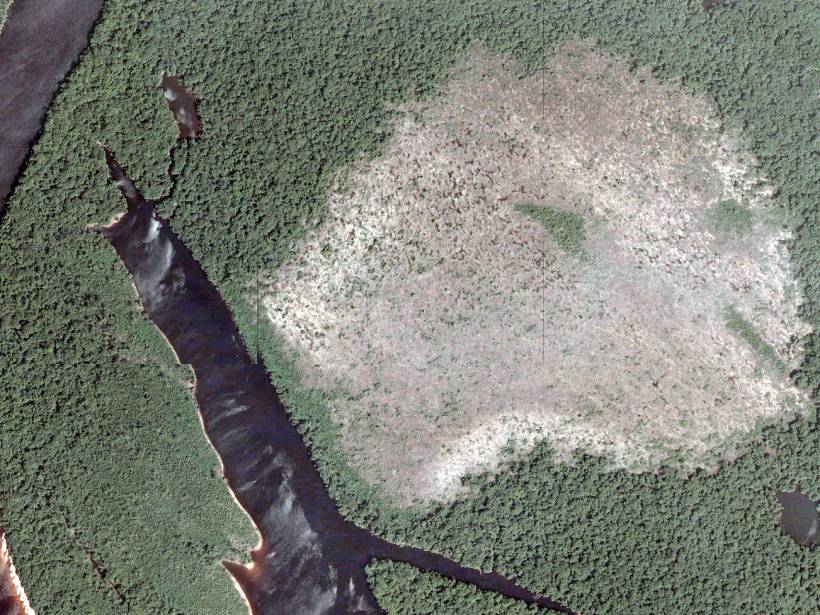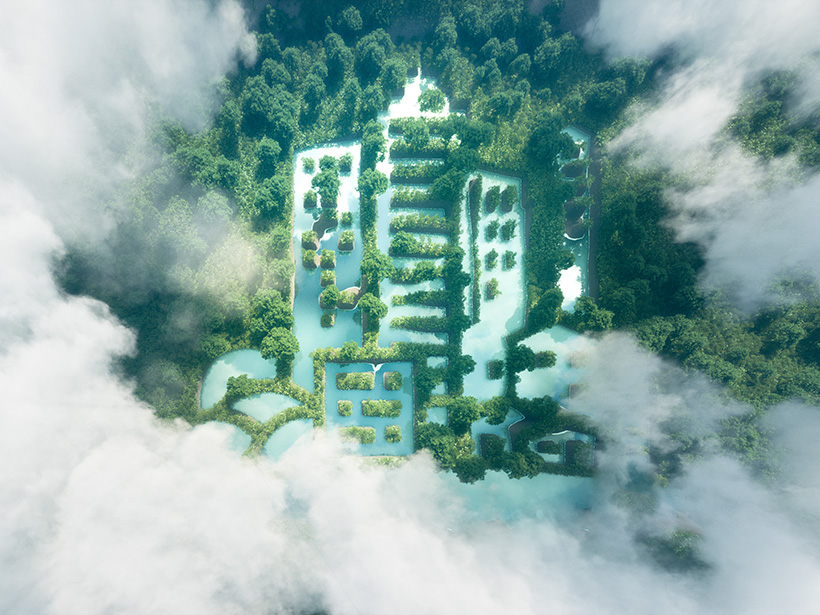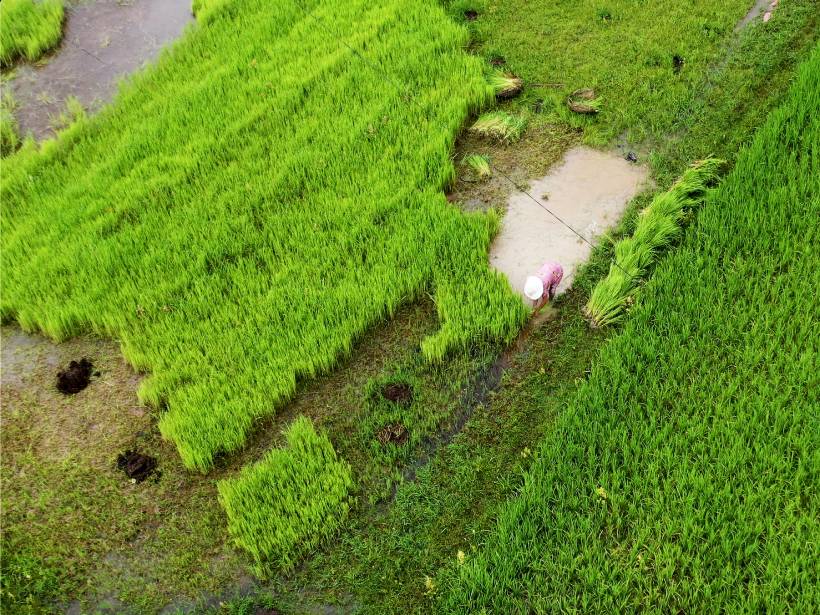Until this decade, the Indian Ocean was not well monitored. Today, the Indian Ocean Observing System helps with both weather monitoring and climate modeling.
Rishika Pardikar
Rishika Pardikar is a freelance environment reporter covering science, law, and policy. She lives in Bengaluru, India.
Lo que una nueva orden ejecutiva significa para frenar las emisiones de metano
La orden ejecutiva de Biden llama a considerar una nueva regulación de metano que viene justo después de un nuevo análisis global del impacto del combustible en el cambio climático.
Large Herbivores May Improve an Ecosystem’s Carbon Persistence
The grazing habits of wild animals like elephants and boars enable long-term carbon storage, according to new research that stresses the need to align climate mitigation goals with biodiversity conservation.
Climate Change Is Making India’s West Coast More Vulnerable to Cyclones
A new study found significant increases in the intensity, frequency, and duration of cyclonic storms over the Arabian Sea. Is the west coast prepared?
Cyclone Tauktae Documents a Climate Trend in the Tropics
The western Indian Ocean has been warming at a rate faster than any other region in the tropical oceans, a pattern that is contributing to more frequent and intense storm activity.
Amazon Forests Are Turning into Savannas
Floodplain forests have low resilience to repeated exposure to wildfires. As climate change increases the instances of fires, forests may transform to less productive grassland ecosystems.
Migrant Workers Among the Most Vulnerable to Himalayan Disasters
Critics say companies are failing to develop adequate emergency procedures to protect construction workers on hydropower plants in the Himalayas.
Chasing Carbon Unicorns
According to a new report, net zero targets many governments are pursuing are distractions from the urgent need to drastically reduce carbon emissions.
When Climate Adaptation Intervention Risks Further Marginalization
Many climate adaptation interventions focus excessively on the effects of climate change and less on examinations of what drives vulnerability.
What a New Executive Order Means for Curbing Methane Emissions
Biden’s executive order calling for consideration of new methane regulations comes on the heels of a new global analysis of the fuel’s impact on climate change.

